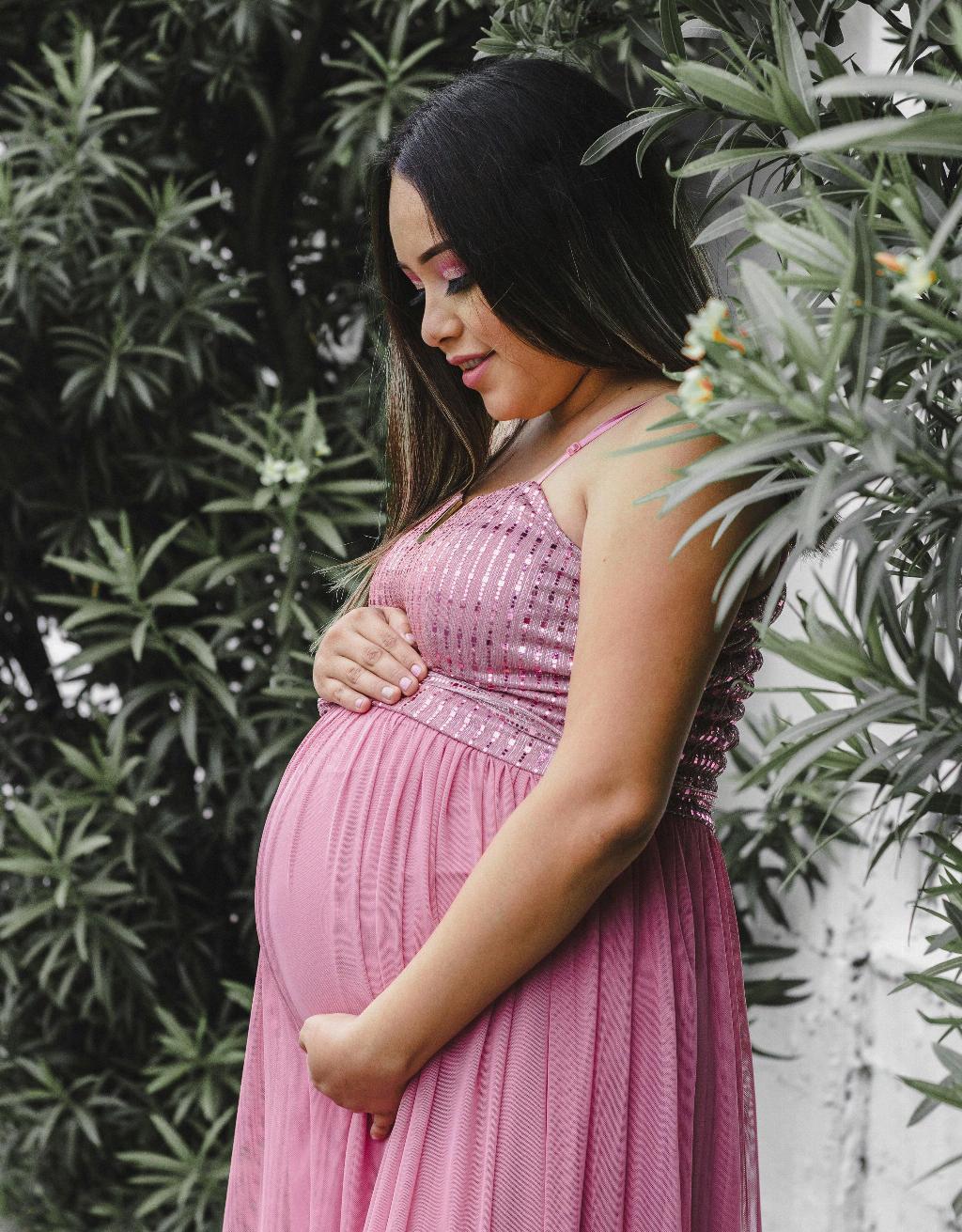After a C-section, it’s crucial to monitor your bleeding to ensure you are healing properly. Experiencing some bleeding after the procedure is normal, but it’s essential to be aware of signs that indicate you may be bleeding too much.
One way to determine if you’re bleeding excessively after a C-section is to keep an eye on your vaginal bleeding. If you find that you need to change your sanitary pad more frequently than once per hour or if you are passing large blood clots, it may be a sign that you are bleeding more than normal.
Another indicator that you may be bleeding too much after a C-section is feeling lightheaded, dizzy, or faint. These symptoms could suggest that you are losing an excessive amount of blood and should not be ignored.
If you experience new or worsening belly pain following a C-section, it could be a sign of excessive bleeding. It’s essential to pay attention to any changes in your pain levels and report them to your healthcare provider immediately.
Monitoring the color and consistency of your post-C-section bleeding can also provide valuable insights into whether you are bleeding too much. If you notice that the bleeding is bright red and continuously heavy, it may be a cause for concern.
It’s essential to trust your instincts and listen to your body after a C-section. If you have a gut feeling that something isn’t right or if you just don’t feel well overall, don’t hesitate to contact your healthcare provider for further evaluation.
Experiencing symptoms such as shortness of breath, rapid heartbeat, or chest pain in conjunction with heavy bleeding after a C-section could indicate a more serious issue such as postpartum hemorrhage. Seek immediate medical attention if you have these symptoms.
Be mindful of your overall energy levels and how you feel physically and emotionally after a C-section. Excessive bleeding can lead to fatigue and weakness, which can impact your ability to care for yourself and your newborn.
Stay hydrated and nourished after a C-section to support your body’s healing process and to help prevent complications related to excessive bleeding. Proper nutrition and adequate fluid intake can contribute to a smoother recovery.
Don’t hesitate to reach out to your healthcare provider if you have any concerns about your post-C-section bleeding. Trusting your intuition and seeking timely medical advice can help prevent potential complications and ensure a healthy recovery.
Remember that every individual’s recovery journey after a C-section is unique, and what may be considered normal bleeding for one person may differ for another. It’s essential to focus on your own body’s signals and seek help if you feel that you may be bleeding too much.
In conclusion, monitoring your vaginal bleeding, watching for symptoms of dizziness or fainting, paying attention to belly pain, observing the characteristics of your bleeding, trusting your instincts, recognizing signs of postpartum hemorrhage, staying aware of your energy levels, nourishing your body, and seeking timely medical advice are all crucial steps in determining if you are bleeding too much after a C-section.

